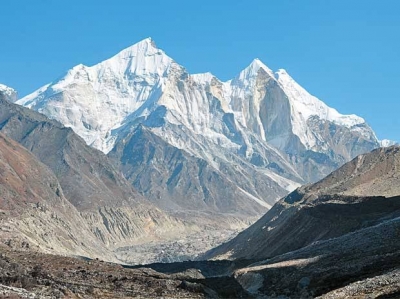
The Hindu Kush is a mountain range that lies mostly in north eastern Afghanistan, extending west from the Himalayas. Its highest peak is Mt Tirich Mir which is 7,708 m.
The Hindu Kush region was a major centre of Buddhism with historical sites such as the giant Bamiyan Buddhas, carved into the rock face. These amazing statues were destroyed by the Taliban in 2001. The world’s best lapis lazuli, a blue-coloured semi-precious stone, also comes from here. The Hindu Kush was the ‘gateway to India’ for invaders who gained access to the northern plains of India through its mountain passes.
The Khyber Pass is one of the most important passes in the Hindu Kush. In 326 BC, Alexander the Great and in 1739, Nadir Shah attacked India gaining entry through the Khyber Pass.
The eastern end of the Hindu Kush in the north merges with the Karakoram Range. Both these mountain Ranges were formed by the collision of the Indian and Eurasian continental plates that took place around 50 million years ago. The Karakoram is the second highest mountain range in the world after the Himalayas. It has 18 summits over 7,500 m in height and the second highest peak in the world, Mt. K2 which is 8,611 m high.
Picture Credit : Google




